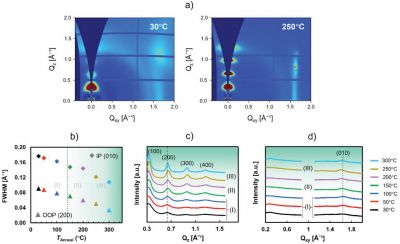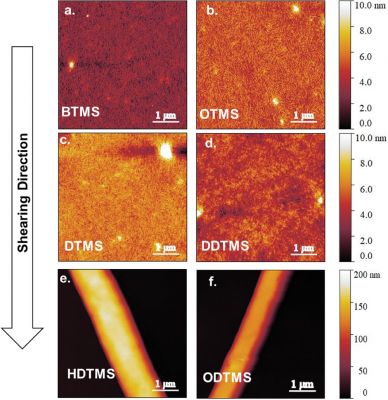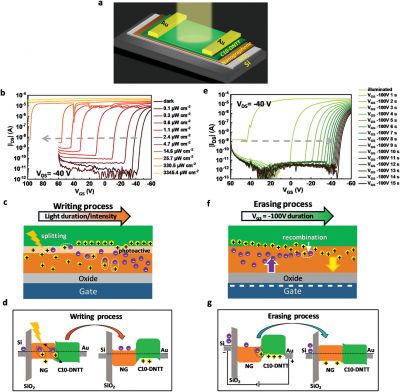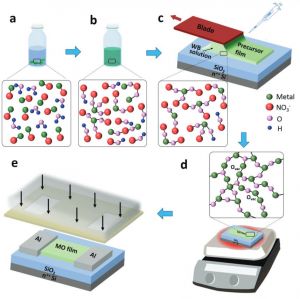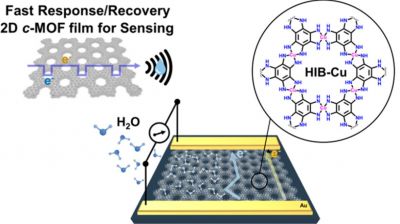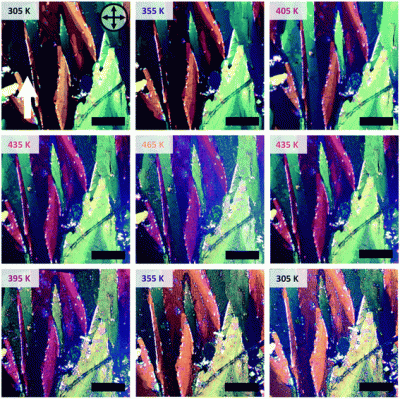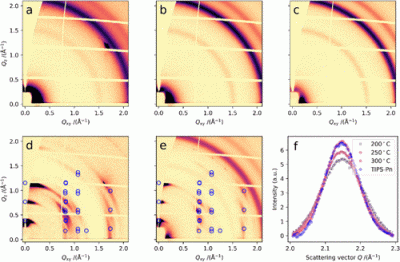Chair News
The winners of the cfaed Scientific Image Contest 2022 have been announced!
Published on
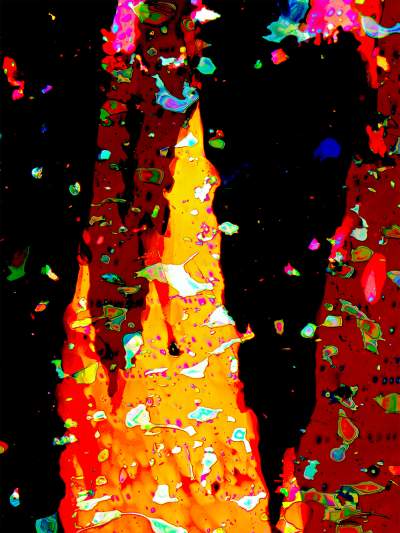
Read more … The winners of the cfaed Scientific Image Contest 2022 have been announced!
First organic bipolar transistor developed at the TU Dresden
Published on
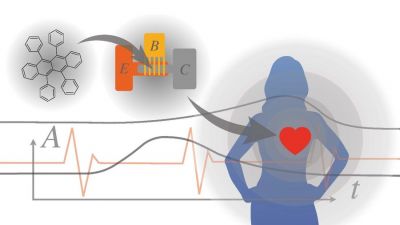
Read more … First organic bipolar transistor developed at the TU Dresden
Page 2 of 5





